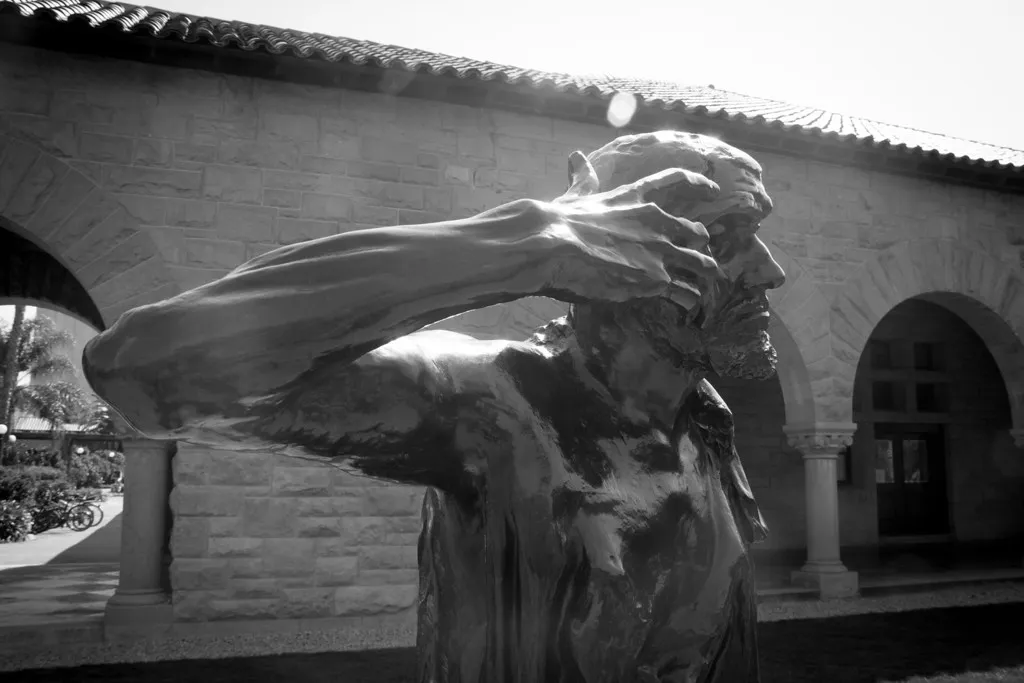As part of the Art Talk series I want to highlight different artistic mediums.
Today, I want to discuss bronze.
There are a few of reasons I want to talk about the medium of bronze first:
1. I grew up with a father that made bronzes
2. The process is interesting
3. As a portrait photographer I truly enjoy taking pictures of bronze
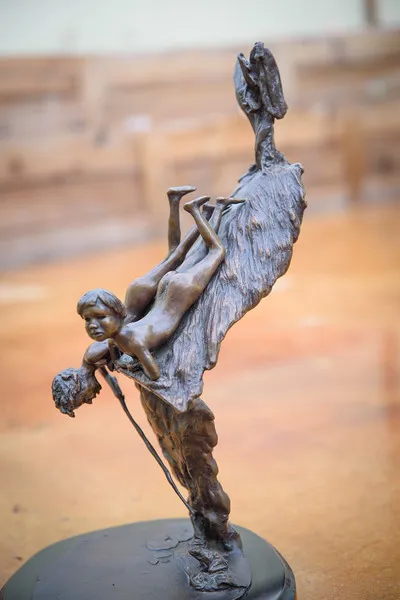
Froggin', R. Scott Jarvie
Taken September 29, 2018 in my backyard for this blog post.
We grew up surrounded by bronzes
I would estimate that my dad made 50-75 original bronzes.
We helped out in the foundry
I have fond memories of sandblasting the bronzes in a tall sandblast cabinet. I stuck my arms into holes in the side of the cabinet that had gloves attached. Above the gloves there was a window in which you can see the bronze being blasted. It was hard work for a little girl, I felt so grown up being able to do it with my dad.
My sister told me that she was too young to do the sandblasting so she would clean the bronzes with a "magic" agent my dad called H2O.
We all worked together.
And in the picture on the left we even posed for this bronze called Froggin'
I am in the one on the left that has a stick out towards the frog in the pond and my sister is looking up. Our clothes are at the top on a tree stump.
My dad gave us each an original of this bronze.
My dad and his influence on me
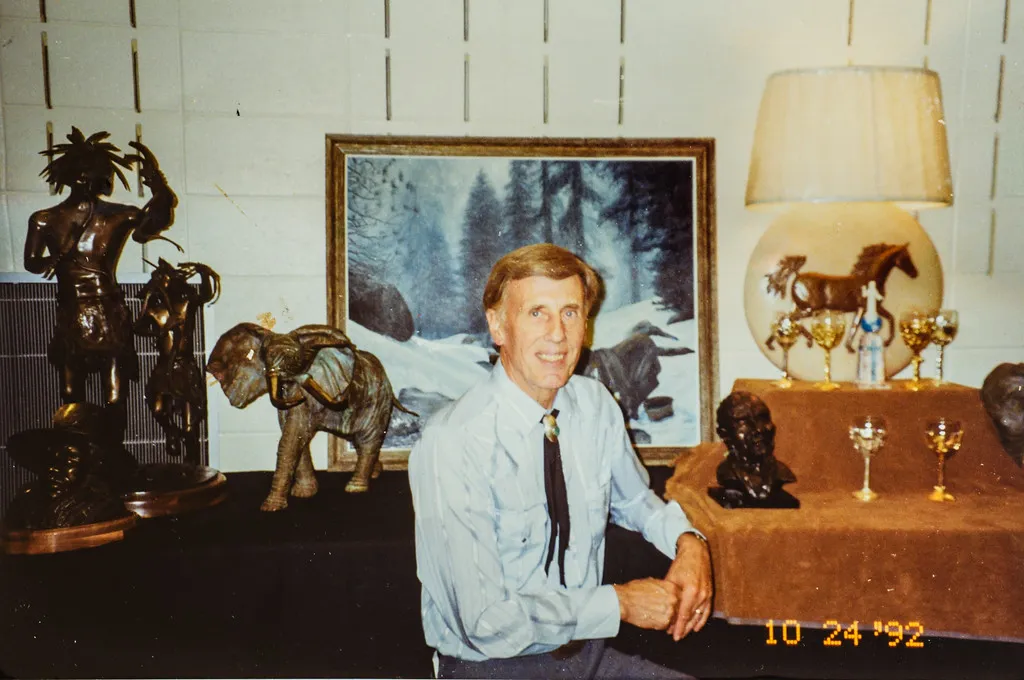
From the family archives, R. Scott Jarvie at an art show, 1992
In the picture above you can see a few of the many bronzes my dad made and sold. As I was growing up he did a lot of Native American Indian art. There are two busts of Indians and the tall one in the back left is called Snake Dancer and is one of my very favorite. Another of the bronzes that I loved that my dad did is the elephants. The one you see in the picture is the bull, there is also a cow and a baby.
 From the family archives, Snake Dancer, R. Scott Jarvie
From the family archives, Snake Dancer, R. Scott Jarvie
 Small animals, R. Scott Jarvie
Small animals, R. Scott Jarvie
Now let's explore the what, when, why, where, and how of bronze.
Bronze is a mixture of copper and tin.
Following the stone age, The Bronze Age is when there was a widespread use of bronze.
The years of the Bronze age are about 3200-about 600 BC.
During the Bronze Age people used bronze to make weapons and armor that were harder and more durable than stone and copper.
Bronze is a popular material for sculpture!
2500 BCE The Dancing Girl of Mohenjo-Daro which is in the National Museum, New Delhi
How do you make a bronze sculpture?
Lost wax method
Make original, most commonly in clay or wax.

From the Jarvie Family Archives, Gentleman Packer in clay, R. Scott Jarvie
Make the rubber mold
The original sculpture is coated with rubber applied in layers till you achieve the "mother mold."
Make the wax replica
Molten wax is poured into the rubber "mother mold" to make a wax replica.
Creating a ceramic shell
The wax mold is dipped in a mixture called slurry to create a hard ceramic shell.
The wax mold coated in the ceramic shell is baked in an oven or kiln.
The mold is placed into the furnace which is set to 1500-1800 degrees Fahreheit which melts the wax out. This is where the "Lost-Wax Process" gets it's name.

From the Jarvie Family Archives, R. Scott Jarvie and Verl Jarvie, 1974
My dad's first burn out furnace
The ceramic shell is filled with molten bronze
The temperature of the bronze is approximately 2250 degrees Fahrenheit

From the Jarvie Family Archives, R. Scott Jarvie, 1974
Metal Chasing is completed
The ceramic shell is broken off to reveal the bronze metal. Spurs are cut off. The sculpture is sand blasted. Any parts that need to be are welded together.
The bronze is colored
The "patina" is applied. There are different types of patinas and ways to apply them. Making each bronze unique!
The joy of taking pictures of bronze sculptures!
As a portrait photographer I really enjoy photographing big bronze sculptures.

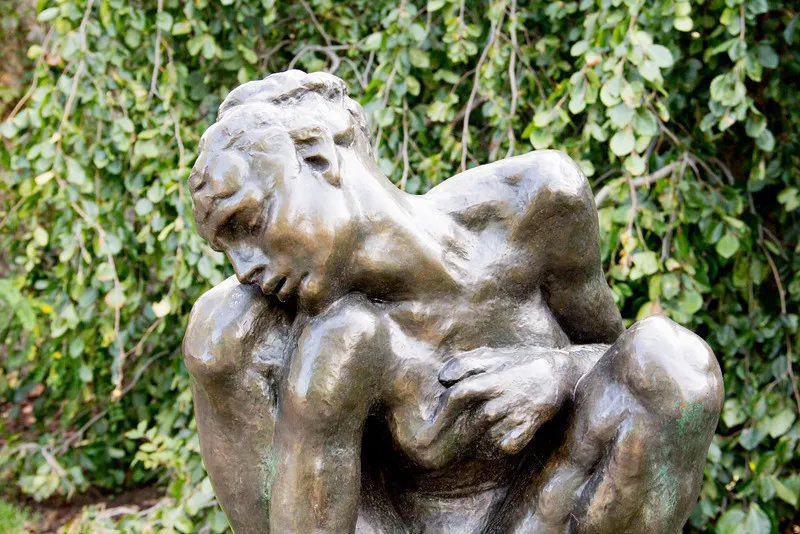
 |  |  |
|---|---|---|
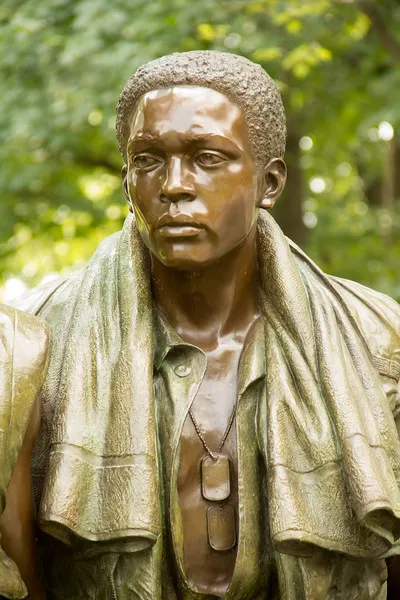 | 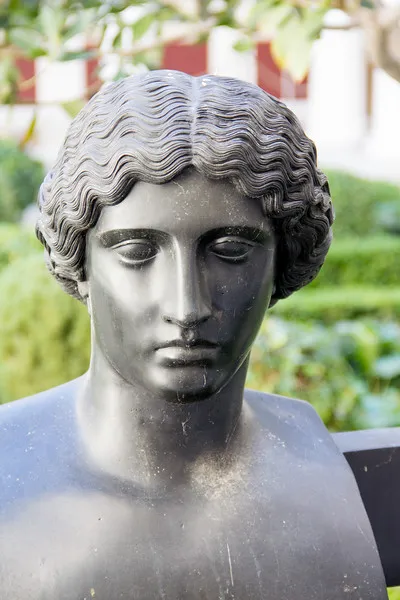 |  |

Dad I love and miss you and am so grateful for your influence in my life, including my love of art and experience with it through helping and watching you.
Sources:
1. Wikipedia: Bronze
2. Bronze Sculpture History, Techniques, Lost Wax Method 3. Rosalind Cook Sculpture
4. Bronze Process Making Lost Wax Sculpture
5. Sculptureworks The Story of Sculpture: From Clay to Bronze
Art Talk Series
Art Talk: Introduction
Art Talk: Emotion In Bronze
Art Talk: Week Off due to HF20
Art Talk: Moore Across America

